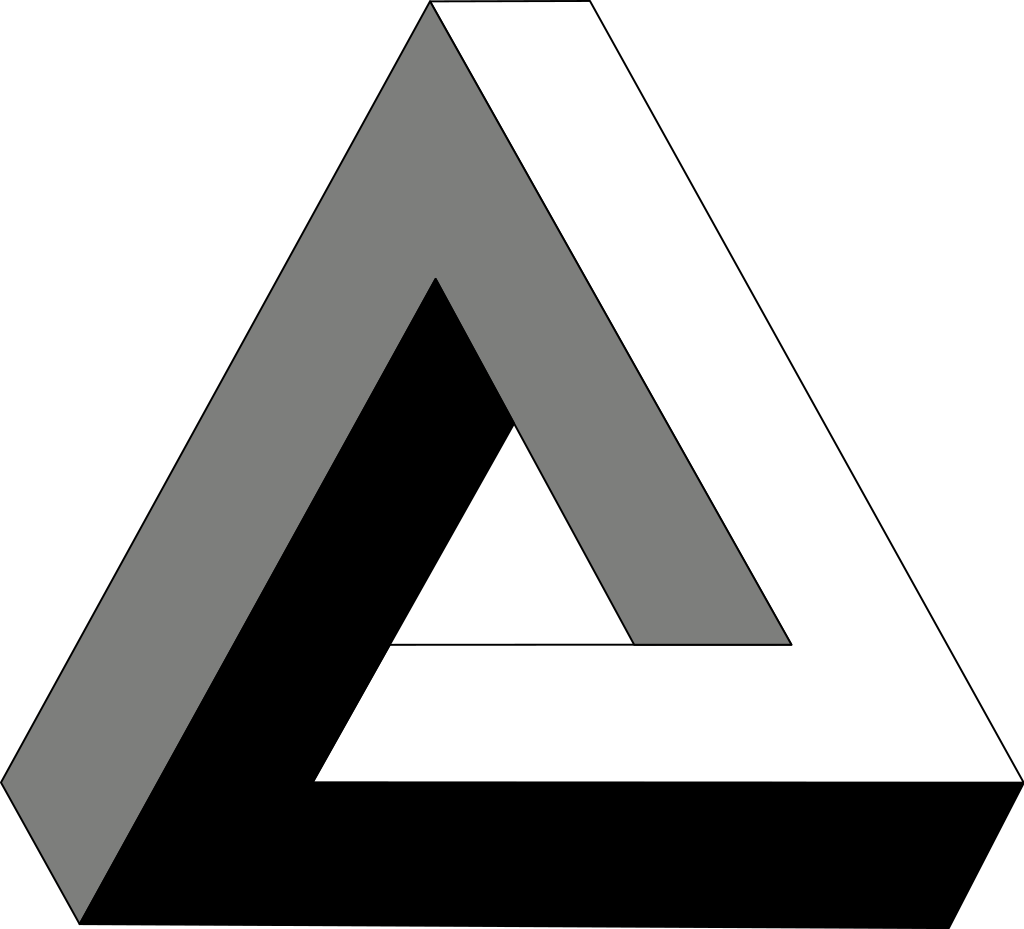At Closer to Truth, the mathematical physicist Roger Penrose explains to Robert Lawrence Kuhn how he understands the relationship between mathematics, the mind, and the physical world:

Penrose: Then in the physical world we have these conscious beings and these conscious beings are part — a very small part — of a physical world… So it’s a very small part of the physical world which seems to have direct relationship to consciousness. And I regard this consciousness as having a different kind of existence but it springs from that very tiny part of the physical world. (3:07)
But in the world of conscious experience, we also have understanding and we have understanding of mathematics. That again is a very tiny part of mentality. But nevertheless that tiny part of the mentality … in a sense encompasses or at least has the potential to encompass the top world, which is the mathematical world. And I sort of draw this as a kind of paradox because it’s a small part of each world which seems to encompass the totality of the next one. And it’s deliberately drawn as paradoxical just to emphasize the strangeness of this thing. (3:50)
Penrose attempts a minimalist position when defending the reality of both mathematics and the mind in a world where many believe that only the physical exists.